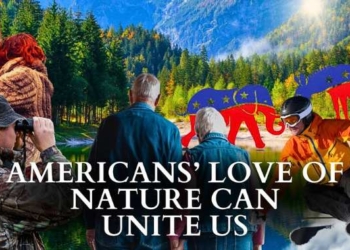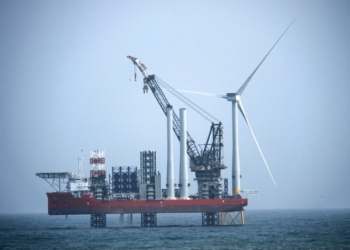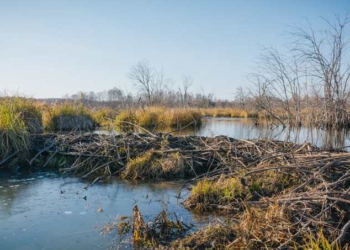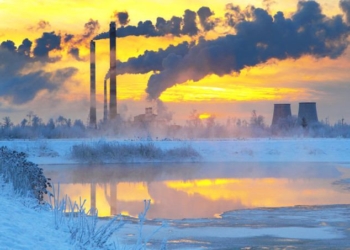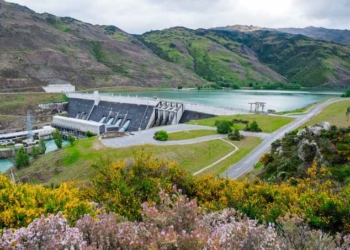Environment
Are Rainbow Lorikeets Falling from the Sky Due to 5G? (And Other Wildlife Deaths?)
ABC News in Australia reported hundreds of Rainbow Lorikeets falling dead from the sky last week. Thousands have died since...
Read moreDetailsRFK Jr.: Americans’ Love Nature Can Unite Us
RFK Jr: Let's put aside our differences and unite to safeguard our natural world. Nature is a gateway to the...
Read moreDetailsClimate Hysteria: the 1.5-degrees Celsius Threshold Agenda | Gregg Braden
Gregg Braden: The push for a 1.5-degree Celsius threshold is based on inaccurate data. The real motivation is economic and...
Read moreDetailsThe Global Food System Is Broken. Here’s How to Fix It.
It’s time to shift away from industrial agriculture. We need to produce our food in ways that give back power...
Read moreDetailsWe Need to Radically Re-Imagine Our Food System. Here’s How.
A global food system that is both truly sustainable and sufficiently productive will consist, not of a few massively scaled...
Read moreDetailsBlueberries and Green Beans Join EWG’s ‘Dirty Dozen’ List of Pesticide-Drenched Produce
New dirty dozen foods: Both blueberries and green beans – 11th and 12th, respectively, on this year’s Dirty Dozen – had troubling concentrations of...
Read moreDetailsThe Proximity Principle – Uniting Local Farmers with Local Buyers – The Imperative of Our Time
New trading, bartering, and sharing practice will be built around the adoption of this ‘proximity principle’. This is the one...
Read moreDetailsHow Ancient Trees Created America
Eastern White Pine – the Tree Rooted in American History explains the central role of the Eastern White Pine tree...
Read moreDetailsA Viable Human Future Depends on Living With Less
As we learn to think and act as an interdependent global species, we must look critically at all the forms...
Read moreDetailsAirlines Ask Biden to Delay 5G Rollout, Warn of ‘Catastrophic Aviation Crisis’
Executives from the biggest U.S. airlines asked the Biden administration for "immediate intervention" in today’s scheduled rollout of 5G technology...
Read moreDetailsOffshore Wind Farms Could Help Capture Carbon from Air and Store It Long-Term – Using Energy that Would Otherwise Go To Waste
If direct air capture systems were built alongside offshore wind turbines, they would have an immediate source of clean energy...
Read moreDetailsBeavers Offer Lessons About Managing Water in a Changing Climate, Whether the Challenge Is Drought or Floods
Scientists are finding that beavers’ small-scale natural interventions are valuable. In dry areas, beaver ponds restore moisture to the soil;...
Read moreDetailsEarth on ‘Sad Trajectory Toward Sixth Mass Extinction’ Scientists Warn
There's a human-caused extinction crisis underway — probably the start of the sixth mass extinction — and denial or indifference...
Read moreDetailsBatteries Get Hyped, but Pumped Hydro Provides the Vast Majority of Long-Term Energy Storage Essential for Renewable Power – Here’s How It Works
The U.S. is going to need a lot more solar and wind power generation, and lots of cheap energy storage....
Read moreDetailsAmerica’s Food Is Fertilized With Human Remains And Coated With Nanoparticles
The FDA has allowed nanoparticles into the food supply under the Generally Recognized as Safe (GRAS) provision and twenty states...
Read moreDetails



